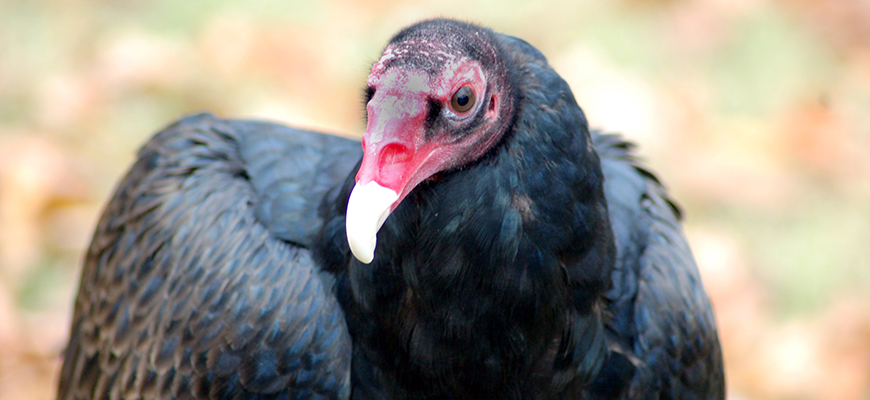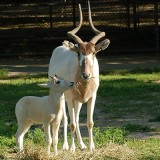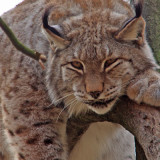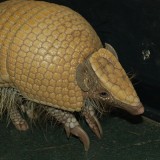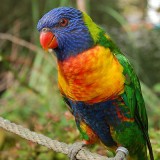RANGE
Most of the United States and southern Canada. South to South America. As far north as the southern border of Canada to Tierra del Fuego, Chile.
HABITAT
Diverse habitats. Deciduous forest and woodlands; often seen over adjacent farmland.
Do well in urban areas.
SIZE
26 – 32 inches; up to 6-foot wingspan, weighs 3.5 – 5.3 pounds.
LIFE EXPECTANCY
In captivity up to 20 years, less in the wild.
REPRODUCTION
Two whitish eggs, heavily marked with dark brown, placed without nest or lining in a crevice in rocks, in a hollow tree or in a fallen hollow log. Incubation period is about 6 weeks; both female and male incubate. It takes the young another 10 weeks to mature. Young are born with down feathers covering the head; these disappear when the adult plumage is assumed. The females and males share the feeding duties. The bare headedness is an adaptation for cleanliness in a carrion eater.
DIET
Wild: Mostly carrion.
Zoo: Bird of prey diet, mice, chicks.
BEHAVIOR
- Spend much of the day soaring at moderate heights, searching for carrion.
- Communal night roost of up to several hundred birds, sometimes including black vultures, form on buildings, on radio towers, and in large trees.
- Populations in colder areas will seasonally migrate.
POINTS OF INTEREST
- Acute sense of smell that helps to find food
- Old World vultures are allied to the eagles. Whereas turkey vultures are allied to the storks and New World vultures.
- Unlike hawks and eagles, it has weak talons more suited to walking than grasping.
- One-year-old birds can be told by their two-toned beaks, which are ivory with a dark tip.
- Turkey vultures are reportedly able to locate carrion by smell as well as by sight. When frightened turkey vultures often spew up the contents of their stomachs.
- Voiceless: Have no syrinx — can only hiss, grunt, or groan.
- Their beaks are so weak they are unable to tear flesh until it has partly rotted.
- The turkey vulture often directs urine onto its legs. This serves two purposes. In the summertime, wetting the legs cools the vulture. In addition, this urine contains strong acids from the vulture’s digestive system, which kill any bacteria that may remain on the bird’s legs from stepping in its meal.

